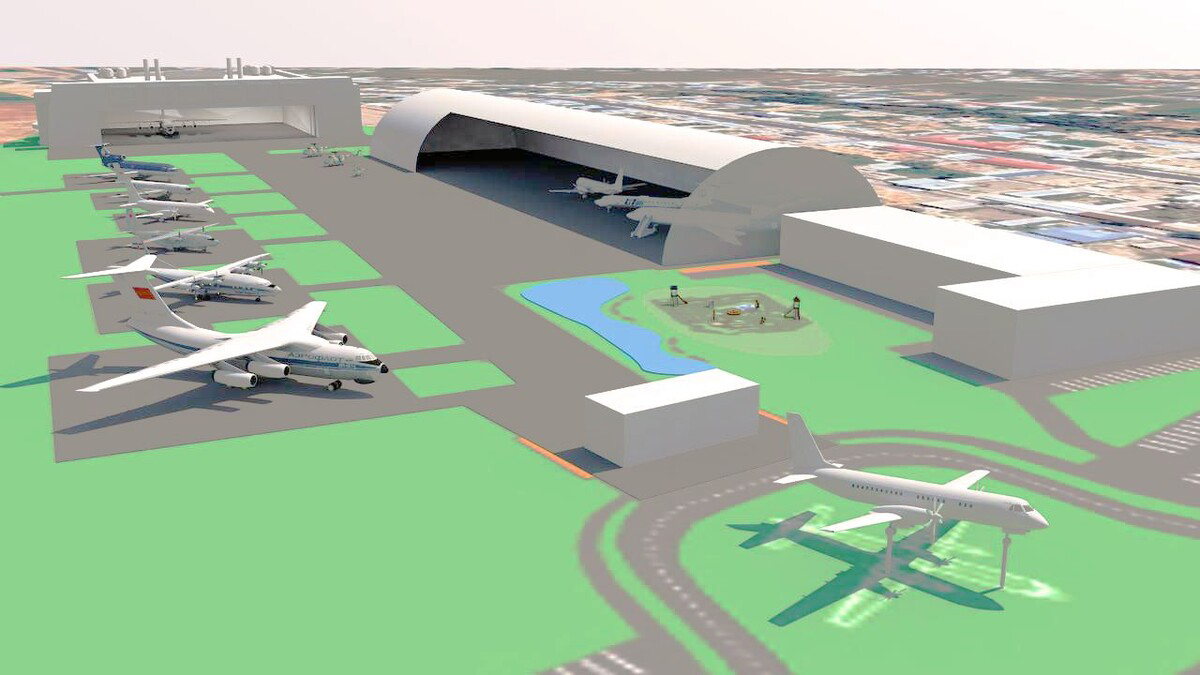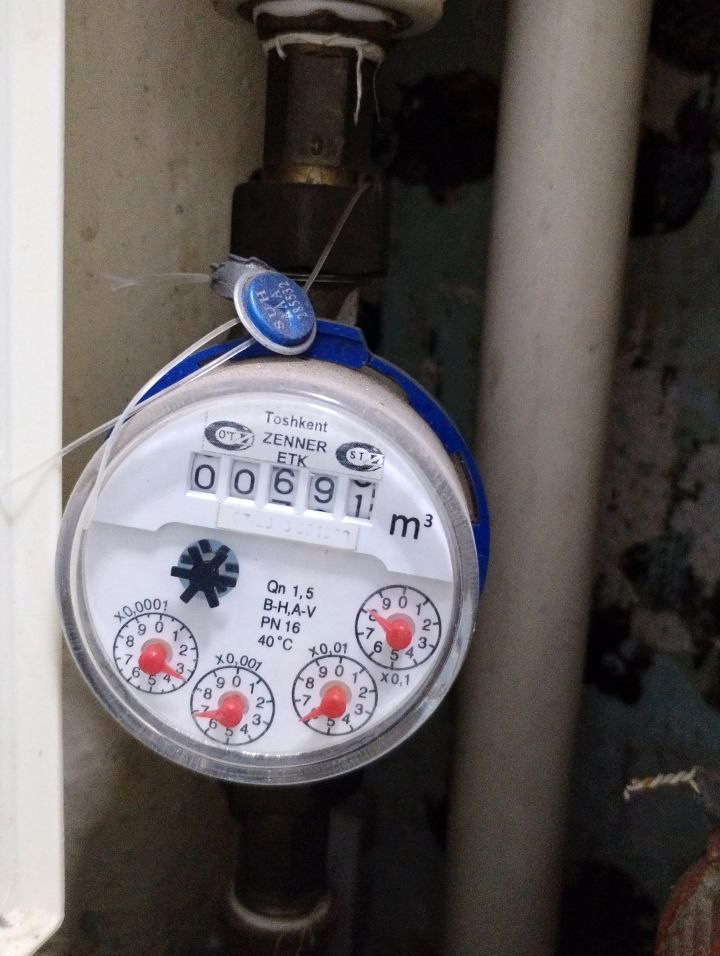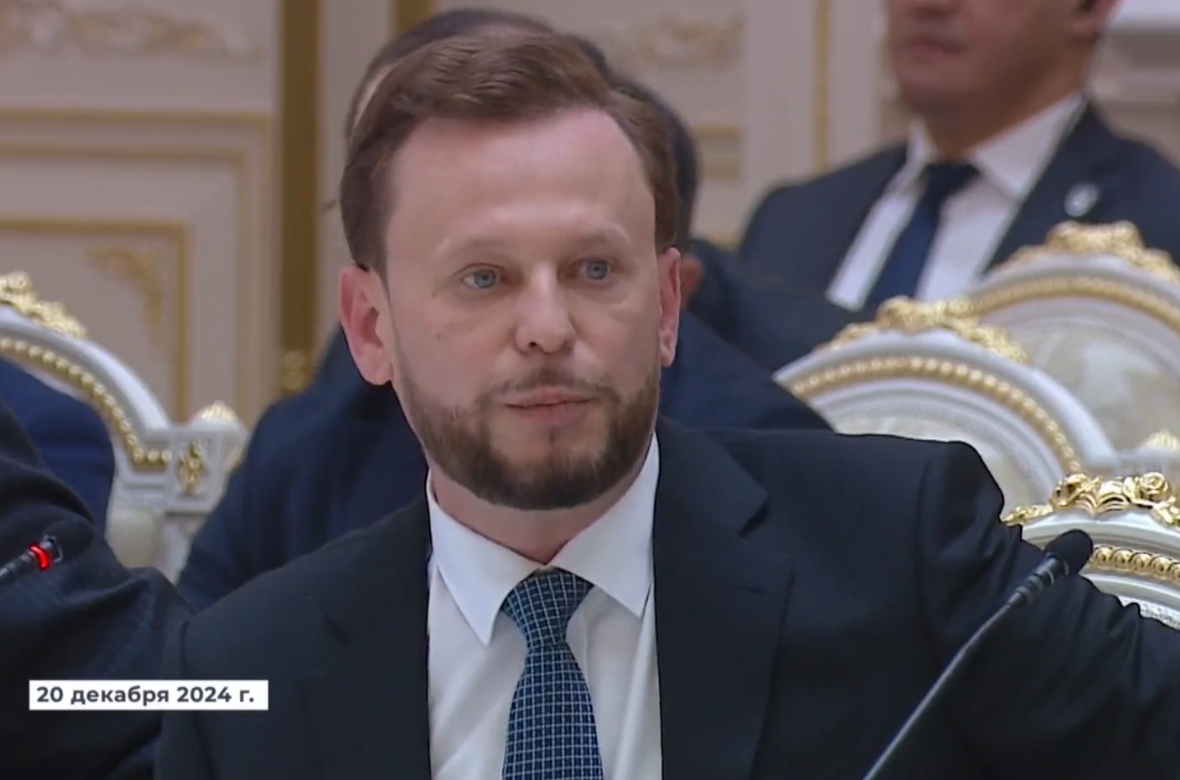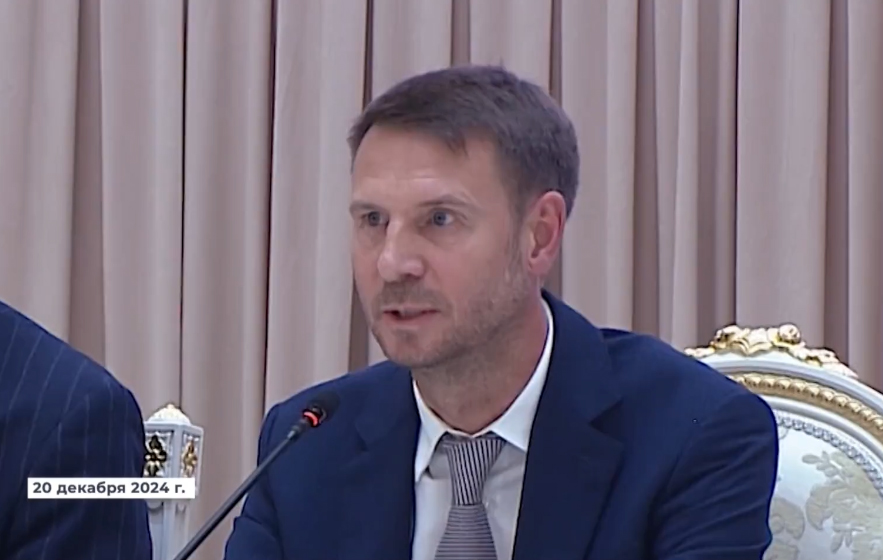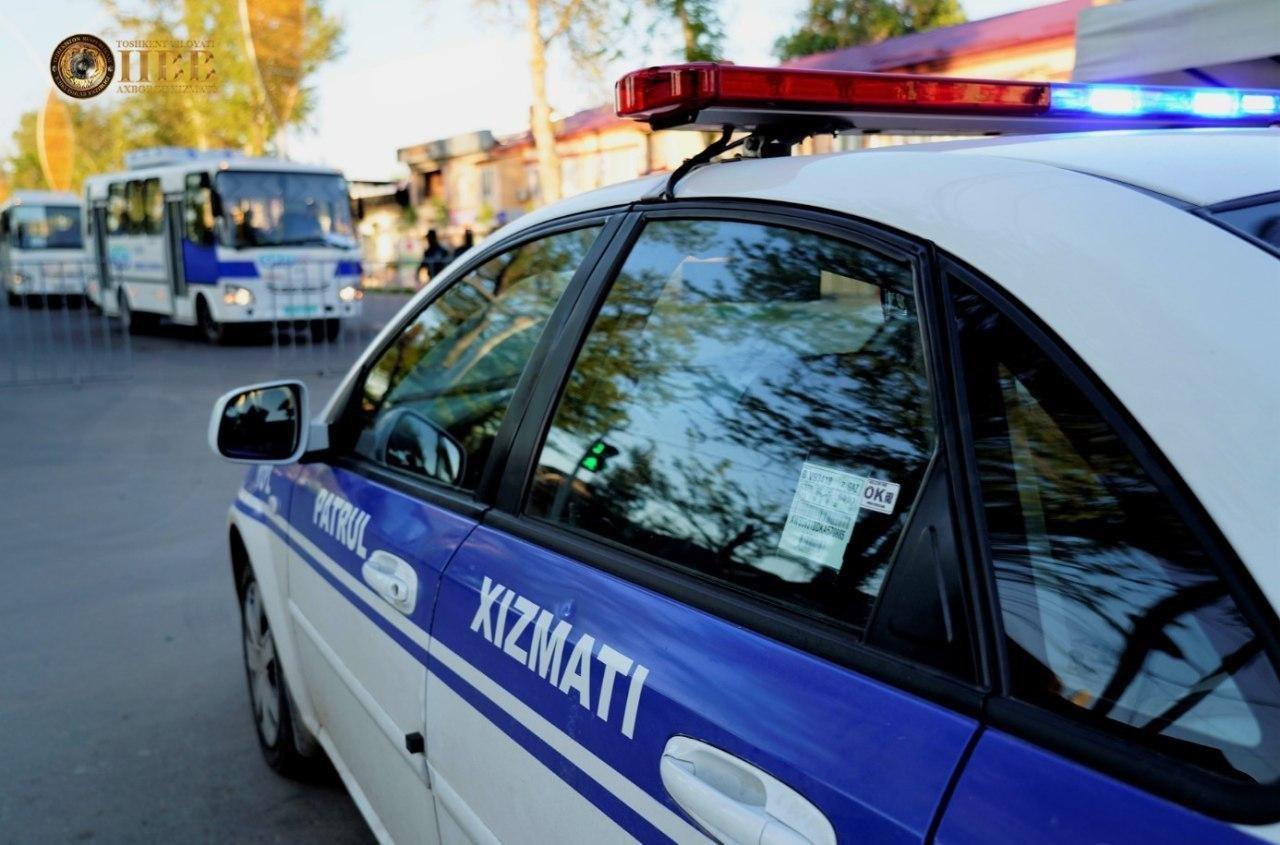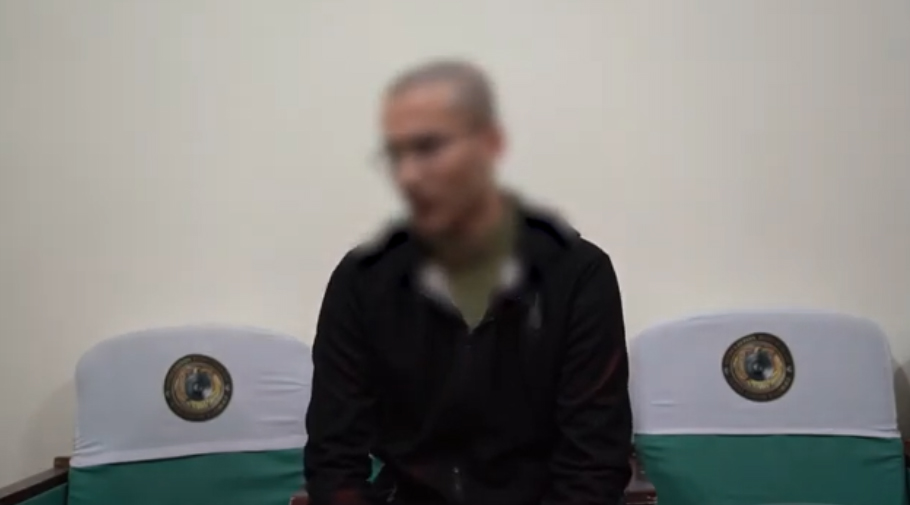This article is also available in:
Русский (Russian)
Uzbek
A unique aviation museum may soon appear in Tashkent, preserving cultural and technical heritage while becoming a powerful tool for youth education. With this proposal, aviation modeler, restorer, and aeronautics expert Abror Satimov addressed the President of Uzbekistan. In his open letter to the head of state, he thoroughly outlined the significance and potential of this project.
The Relevance of an Aviation Museum
According to Satimov, the idea of establishing an aviation museum emerged 11 years ago, but the project has not yet been realized. Now, with the reconstruction of the “Vostochny” airfield underway, the issue has become especially urgent. Satimov emphasized that 80% of the potential exhibits for the future museum are located on the airfield’s territory, and due to construction work, the aircraft are under threat of destruction. Among the exhibits are unique models, including the only cargo version of the Il-114T in the world.
“The Aviation Museum in Tashkent will become a powerful stimulus for developing a passion for technology, aviation, and technical sciences among young people, providing a foundation for training aviation professionals — a critical need as the aviation sector rapidly grows,” writes Satimov.
The Museum as an Educational and Tourist Attraction
The museum will not just be an exhibition but a hub for active learning. Plans include aviation modeling clubs and lessons in astronomy, meteorology, navigation, and materials science. Young people will have the opportunity not only to study aviation but also to participate in aircraft repairs, create models, and launch them.
Satimov also notes that the museum could become a significant tourist attraction. There are no similar museums in Central Asia, making the Tashkent Aviation Museum a unique destination for the region. He compares it to the “Aeroscopia” museum in Toulouse, France, which attracts up to 200,000 visitors annually.
Location and Logistics of the Project
Satimov points out that the site for the museum has already been selected — a plot between the Olympic Village and the “Vostochny” airfield. This location will allow aircraft to be easily transported using the new runway, minimizing transportation costs.
The historical connection to the area is also significant: since the 1950s, aircraft manufactured at the Tashkent aviation plant took off from this airfield. The proximity of the museum to its “native” airfield gives the project a sacred meaning.
The Problem with Aircraft Monuments in Uzbekistan
In his letter, Satimov also highlights the issue of aircraft monuments installed in various cities of Uzbekistan. Due to a lack of funds and maintenance, many of them are in poor condition. He provides examples of aircraft and helicopters in Uchtepa, Urgench, and Andijan, which have deteriorated into piles of metal, losing their historical value and posing risks to public safety.
According to Satimov, installing aircraft in parks and squares is a good initiative, but without proper care, it becomes ineffective. “A real museum will ensure the preservation of exhibits and provide young people with the opportunity to study them in their original condition,” he emphasizes.
Readiness for Implementation
Satimov assures that the aviation museum project is fully prepared: a plan has been developed, a 3D model created, calculations made, and all aspects considered — from financial sustainability to social benefits. The museum will not only become a tourist attraction but also create new jobs.
Appeal to the President
In conclusion, Satimov appealed to the president for support in bringing the project to life:
“Your decision can give the green light to the implementation of the aviation museum project in Tashkent! And most importantly, everything needed for it is already in place: the project plan, our aviation history, and the foundation for creating the museum. On behalf of myself and hundreds of other aviators in the country, I ask you: please help preserve these unique aircraft and helicopters for future generations! Help us safeguard them as a part of our homeland’s history. We are proud of our history and want our children to know the challenges our ancestors faced and the achievements they reached for their future. And we are not going to stop at what has been accomplished,” Satimov emphasized.
The article may contain inaccuracies as it is translated by AI. For more details, please refer to the Russian version of the article. If you notice any inaccuracies, you can send corrections via the Telegram bot: Uzvaibik_bot.

